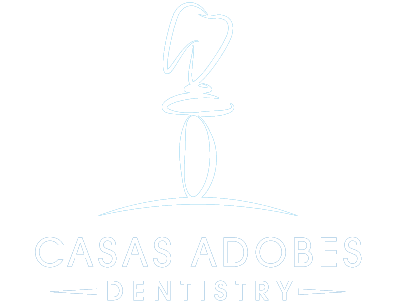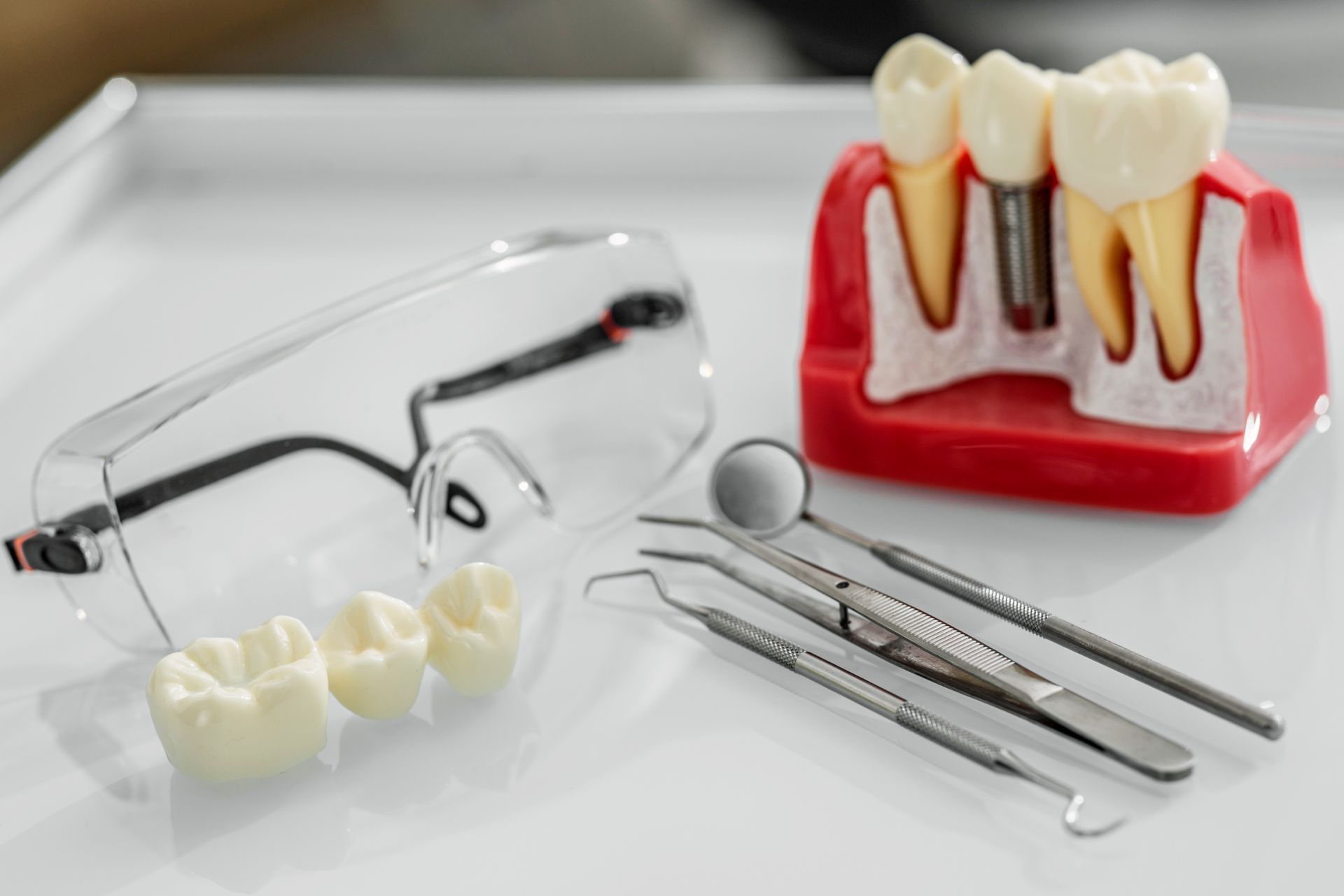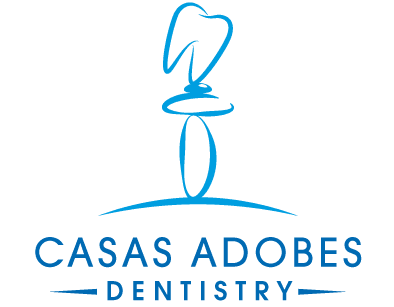Maryland Bridge Dental – A Conservative Solution for Missing Teeth

At Casas Adobes Dentistry, our dental team has years of experience helping patients restore their smiles with conservative, effective treatments. One of the options we often recommend especially for front teeth is the Maryland dental bridge. Backed by modern dental materials and techniques, this solution offers a strong, minimally invasive way to replace a missing tooth without damaging surrounding teeth.
In this post, we'll explain what a Maryland bridge is, how it works, who it's for, and how it compares to other tooth replacement options.
What Is a Maryland Bridge?
A Maryland bridge, also known as a resin-bonded bridge, is a type of fixed partial denture used to replace a single missing tooth. Unlike traditional bridges that require crowns on the neighboring teeth, this bridge uses a metal or ceramic “wing” that bonds to the back of adjacent teeth using dental adhesive.
Overview of the Procedure
The dentist creates a custom tooth (called a pontic) that fits the gap. This pontic is attached to thin wings that are bonded to the back of abutment teeth the natural teeth on either side of the gap. No major reshaping is needed.
Key Features of a Maryland Bridge
- Fixed (non-removable)
- Minimal preparation
- Often used on
front teeth
- Uses tooth-colored resin or metal framework
- Ideal for cosmetic and functional purposes

Who Is a Good Candidate for a Maryland Bridge?
Best Use Cases
- Replacing a
single front tooth
- Young patients who are not ready for
dental implants
- Patients with healthy adjacent teeth
- Those looking for a non-invasive alternative to traditional bridges or implants
When It’s Not the Right Choice
- For teeth that take on heavy biting forces (like molars)
- If there’s significant misalignment or bite issues
- If the supporting teeth are weak or damaged
Benefits of Choosing a Maryland Bridge
Minimally Invasive Procedure
Unlike traditional bridges, there's no need to grind down adjacent teeth. This preserves natural tooth enamel.
Preserves Natural Tooth Structure
Because the wings are bonded to the back of the adjacent teeth, you keep the front surface of your smile intact.
Aesthetic and Functional Results
With tooth-colored materials, the bridge blends in naturally, restoring both the look and function of your smile.
Potential Drawbacks and Limitations
Risk of Debonding
One common issue is that the bridge may come loose if too much pressure is applied or bonding fails.
Limited to Certain Teeth and Bite Types
Maryland bridges work best on front teeth with less biting force. They’re not ideal for chewing-heavy areas like the molars.
How Does It Compare to Other Tooth Replacement Options?
Maryland Bridge vs Traditional Bridge
- Traditional bridges require reshaping and crowns on nearby teeth.
- Maryland bridges are bonded and require little to no tooth alteration.
Maryland Bridge vs Dental Implant
- Implants are
more permanent but
require surgery and
healing time.
- Maryland bridges are non-surgical, more affordable, but may not last as long.
Maryland Bridge vs Removable Dentures
- Dentures can move or shift, and require removal..
- Maryland bridges are fixed in place, feel more natural, and need less maintenance.
What to Expect During the Procedure
Initial Consultation and Evaluation
The dentist checks the surrounding teeth, bite, and space available. Impressions or scans may be taken.
Fitting and Bonding the Bridge
The custom pontic and wings are made in a lab. Then, the dentist bonds the bridge using a strong dental adhesive usually in just one visit.
Follow-Up and Maintenance
Patients may return for a follow-up visit. Care includes brushing, flossing, and regular check-ups.
How Long Does a Maryland Bridge Last?
Factors That Affect Longevity
- Quality of the bonding
- Strength of surrounding teeth
- Oral hygiene
- Biting habits
Caring for Your Bridge
- Avoid biting on hard foods
- Keep the area clean
- Use floss threaders or water flossers for better access
On average, Maryland bridges can last 5–10 years or longer with proper care.
Cost Considerations
Insurance Coverage and Out-of-Pocket Costs
Many dental insurance plans partially cover Maryland bridges. Costs typically range between $1,000 and $2,300 per unit, depending on materials used and complexity.
Value Over Time
Though less expensive than implants, the tradeoff is potentially shorter lifespan and possible rebonding over time.
Final Thoughts on Maryland Bridges
If you’re missing a front tooth and want a conservative, cost-effective, and aesthetically pleasing solution, a Maryland dental bridge may be the right choice. It offers a great balance of function and appearance without the commitment of implants or the invasiveness of traditional bridges.
For patients who may need more comprehensive treatment, our full mouth reconstruction services can address multiple dental concerns simultaneously.
Ready to Learn More or Schedule a Consultation?
At Casas Adobes Dentistry, we specialize in restorative dentistry and cosmetic dentistry with a patient-first approach. Contact us today to explore your options and find out if a Maryland bridge is right for you.








